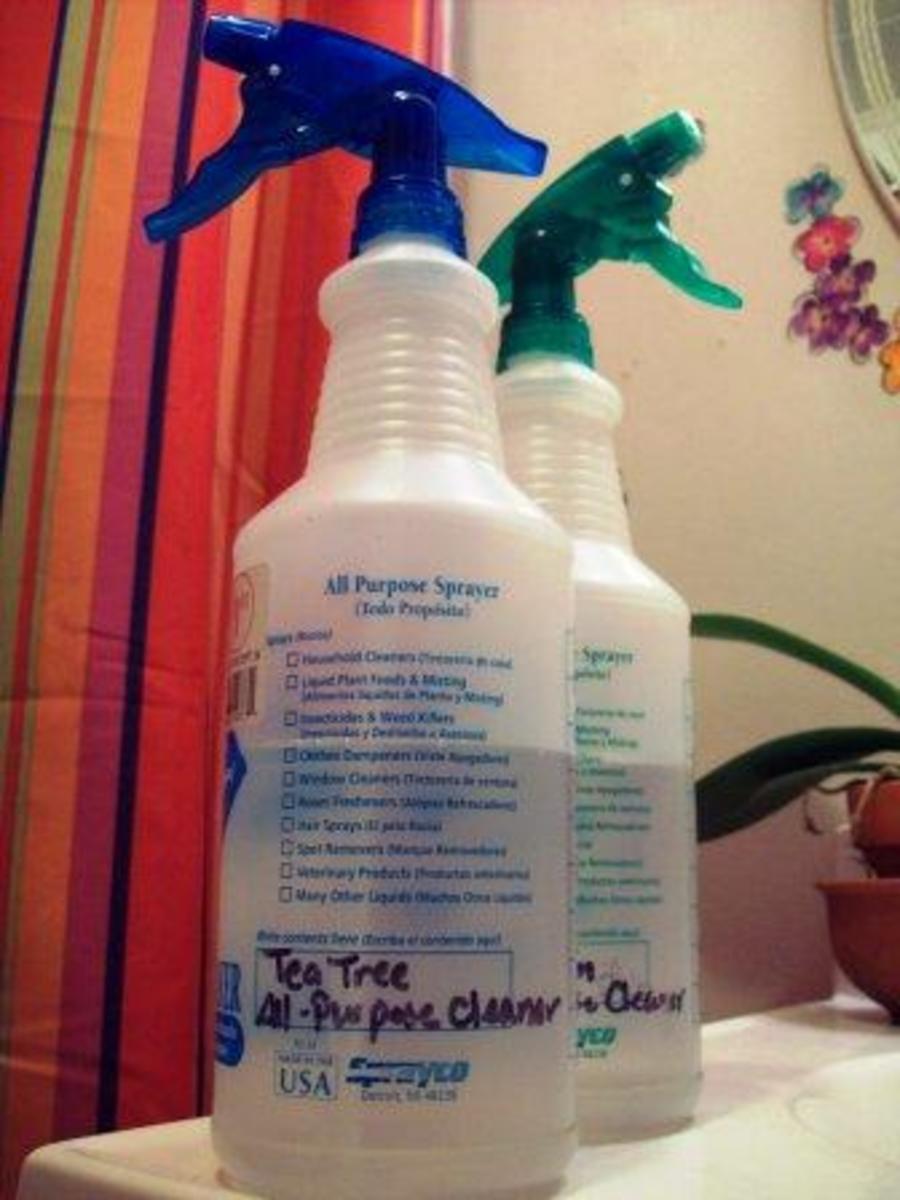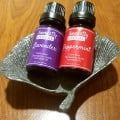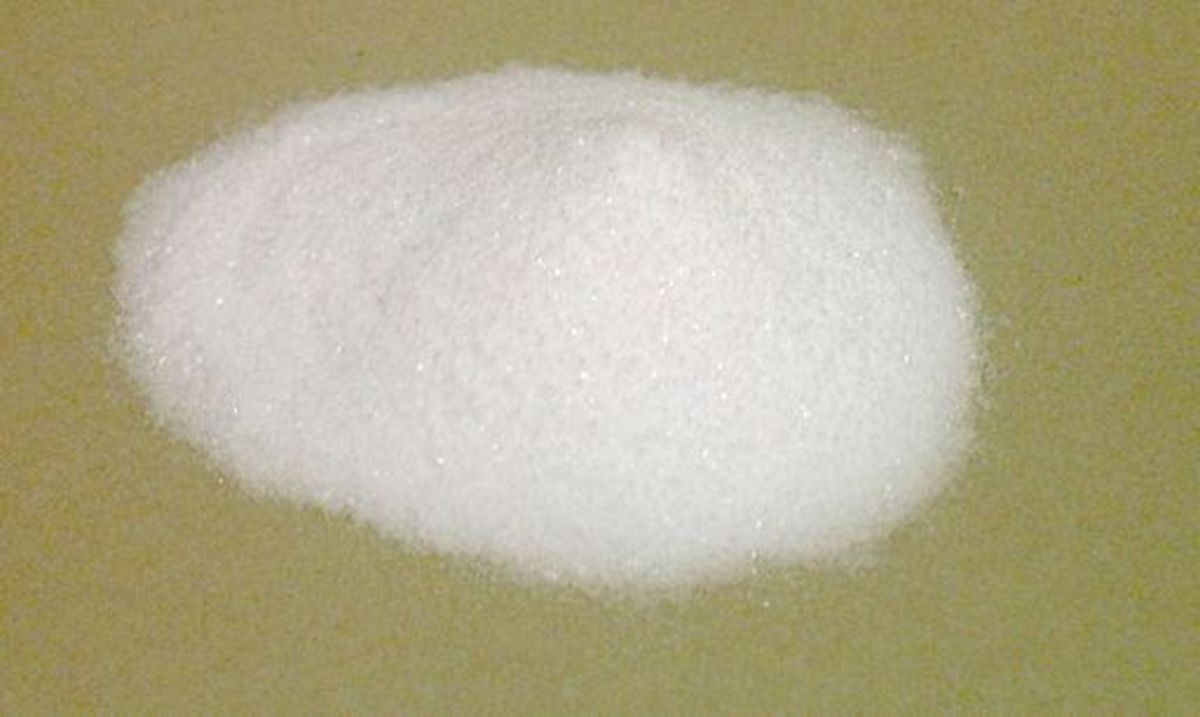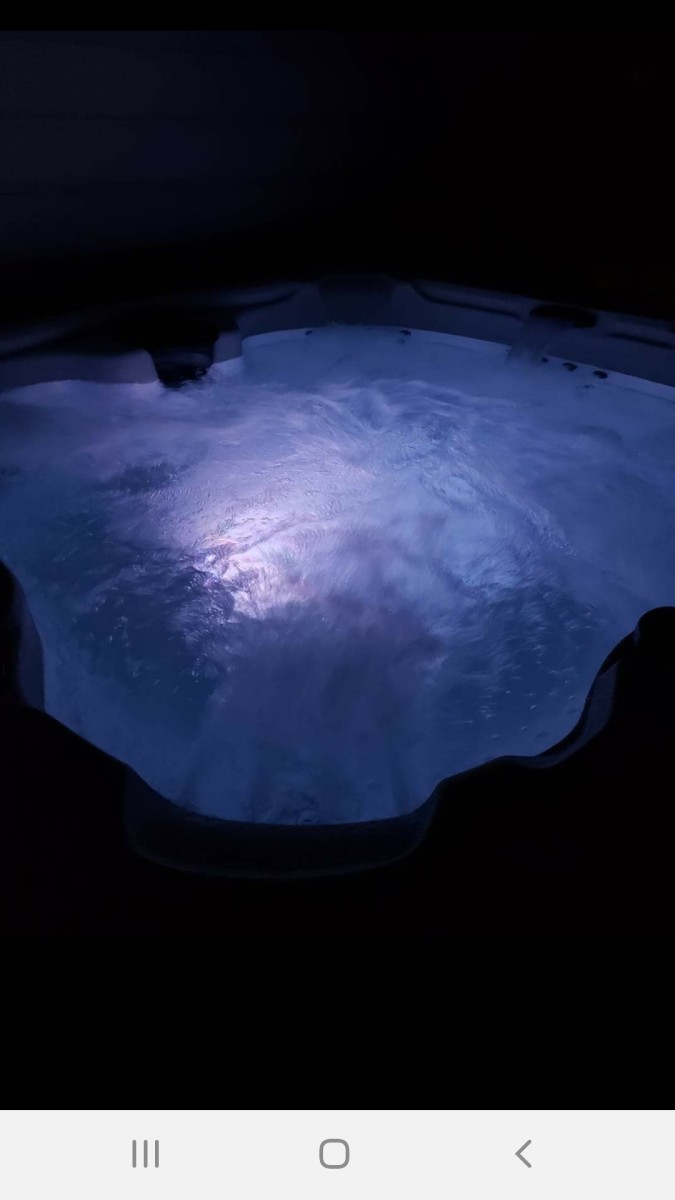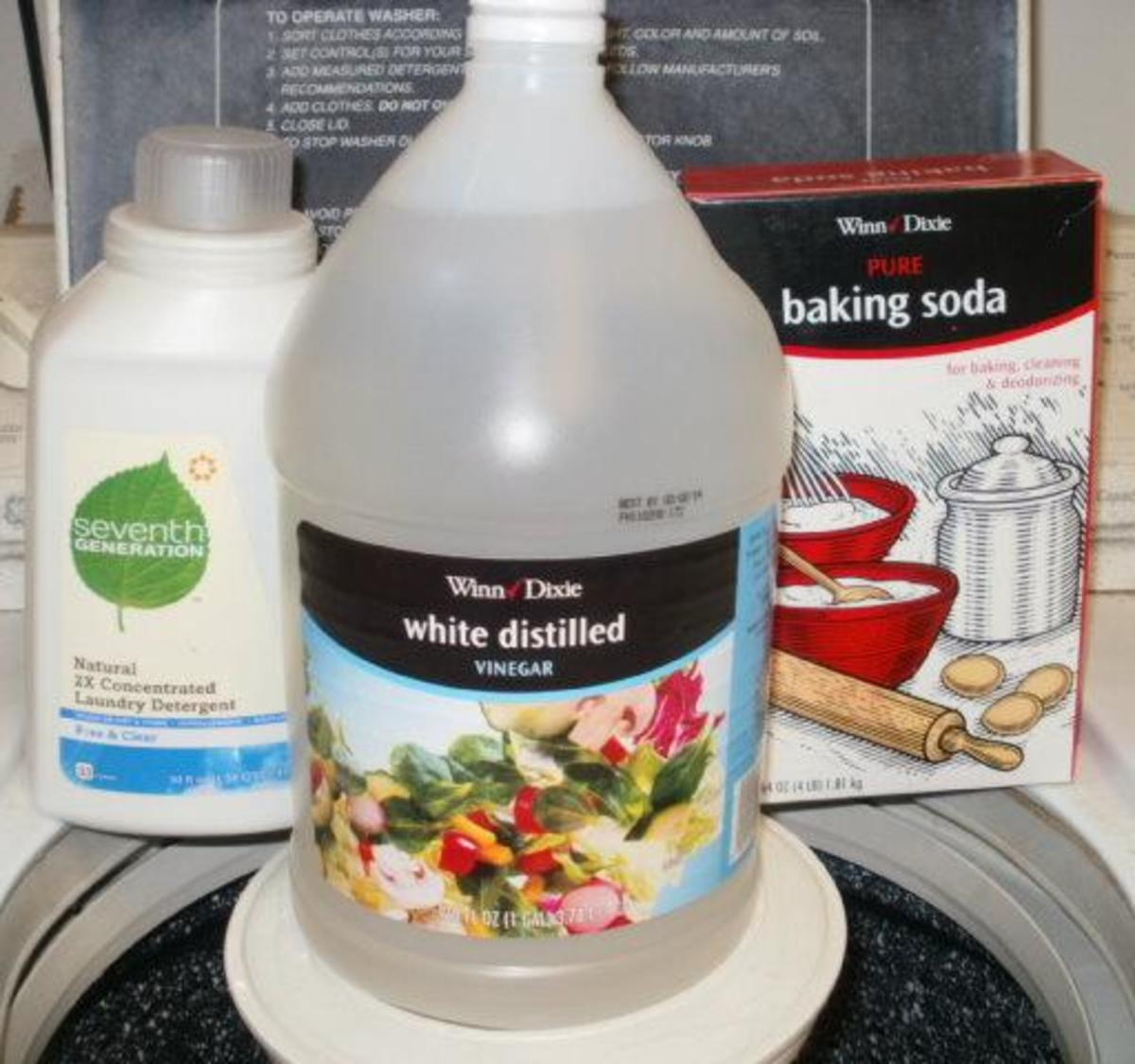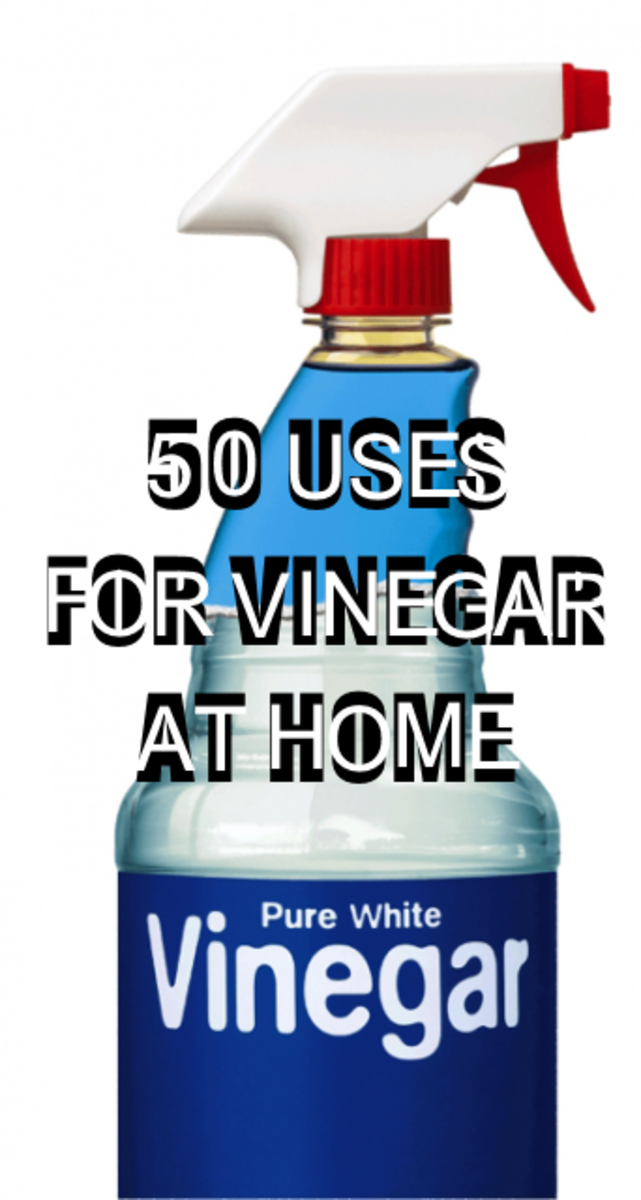How to Make Your Own Environmentally-Friendly Tub Cleaner
Scrub-a-dub-dub... It's Time to Clean the Tub
If you've ever used a bathtub spray to clean your tub, you may have found you choked on the fumes, coughed after breathing them in, or held your breath to avoid inhaling. If these sprays produced this reaction, imagine what those chemicals do when they enter the human body, either through the lungs or when they come into contact with skin? More frightening still, many of the toxic chemicals found in common household cleaners, may be carcinogenic. Is it any wonder cancer rates are rising?
Scrubbing liquids may not be as smelly as their chemical counterparts but once again, the question is, what chemicals do they contain? Are these chemicals you want on your skin or on family members' skin? Reading labels can be eye-opening.
Each time you use a chemical-laden product to clean your bathtub, you are putting all family members at risk. The next person who bathes or showers is exposed to chemical residues left behind on surfaces. Bathtubs can be particularly hazardous because young children like to play in them with their toys and their skin is exposed to those chemicals. Adults like to soak in bathtubs, exposing their entire skin area to any chemicals that wash off and into the hot water. Why take the chance?
Additionally, even if you manage to rinse off the residue, prior to bathing, those powerful chemicals are washed down the drain. While they are hidden from view and are easily forgotten, they set in motion a chain of events that impacts the environment. Chemicals can spread through various channels, poisoning whatever they come into contact with, be it soil, subterranean streams or the ocean itself.
Many people want to start using environmentally-friendly products in their homes but may find the cost prohibitive or they find that products that have been "green washed" still contain harmful chemicals, after they get past the marketing and read the labels and see the same line-up of chemicals. In some smaller places, green products are hard to find.
A simpler choice may involve making your own tub cleaner. You can do this at a fraction of the cost and by using everyday household products you may already have on hand. The old adage that simple is best is very much the case when it comes to a homemade tub cleaner.
Which Will You Choose?
Will it be chemicals and convenience or simpler ingredients and safety?
A DIY Environmentally-Friendly Tub Cleaner
So how does one make their own tub cleaner using safe ingredients they have round the house? It really doesn't get any easier. Simply use baking soda and vinegar to scrub and add a shine to your bathtub.
Many people know that these two products can be used for cleaning but they either haven't used them or wonder if they work well as cleaners or if they are truly effective in combating germs.
Long before chemical cleaners emerged, people relied on baking soda and vinegar for many household cleaning tasks.
Method One
Baking soda can be sprinkled on a sponge and used to scrub the bathtub. This works well for stubborn tub rings. It does require a bit more "elbow grease" but cleaning this way isn't that difficult and once you get used to the process, this isn't hard to adopt as a habit.
Method Two
A second method is to make a scrubbing paste, by combining baking soda and vinegar. this can be put on a scrubber and used on hard-to-clean spots.
Cleaning Tips
A paper towel can be soaked in vinegar, and wrapped around taps, while you are scrubbing out the tub. Your taps will come up like new.
Fill a spray bottle with vinegar and spritz tub after scrubbing with baking soda. Vinegar cuts through grease and grime and can help to whiten surfaces.
To add a finishing shine, moisten a cloth with vinegar and wipe over enamel. Gentle buffing will produce a wonderful shine.
Why Baking Soda?
Baking soda is a scouring agent that combats grease, grim, stains and odors. Baking soda neutralizes acids, has disinfectant and antiseptic properties, and works as a fungicide against some organisms.
Why Vinegar?
Vinegar kills bacteria, viruses, and mold which makes it perfect for use in the bathroom.
Budget-Friendly
When one looks at the cost of chemical cleaners as compared to the cost of baking soda and vinegar, there's no comparison.
Tips for Using Baking Soda and Vinegar
- Use a large empty plastic spice container with a holed lid for your baking soda (the bigger the holes, the better). This way you can shake it out, as needed.
- Fill a clear spray bottle with straight vinegar or with vinegar and water.
- When you are finished cleaning your tub, shake some baking powder, then vinegar down the drain. The mixture will fizz and will work to keep drains clear.
Perks
- You will notice how much nicer your bathroom smells, sans the chemical odour that is left in the wake of chemical cleaners.
- Most homeowners appreciate the savings, after they switch to using baking soda and vinegar to clean their tub. No more having to buy expensive cleaners.
- You never have to worry about running out. If you've ever used a spray cleaner, you know how soon these cans empty or, more frustrating still, how either the propellant runs out or the nozzle stops working while the can is still partially full.
- And finally, nicest of all, each time you bathe, you'll feel secure in the knowledge that your tub is a safe haven, free of harmful chemicals.
Frugal Tub Cleaner
More Uses for Baking Soda
- Using Baking Soda for Hair Washing
Baking soda makes a good DIY cleaning agent for hair.
Non-Toxic Cleaners
Making the Switch to Green Cleaning?
© 2010 Athlyn Green

